Understanding Hard Light vs Soft Light in Photography
When we talk about lighting in photography, the terms hard light and soft light often surface. Each type of lighting brings unique qualities to photographs, impacting mood, texture, and depth. Knowing when to utilize each is a fundamental skill in photography.
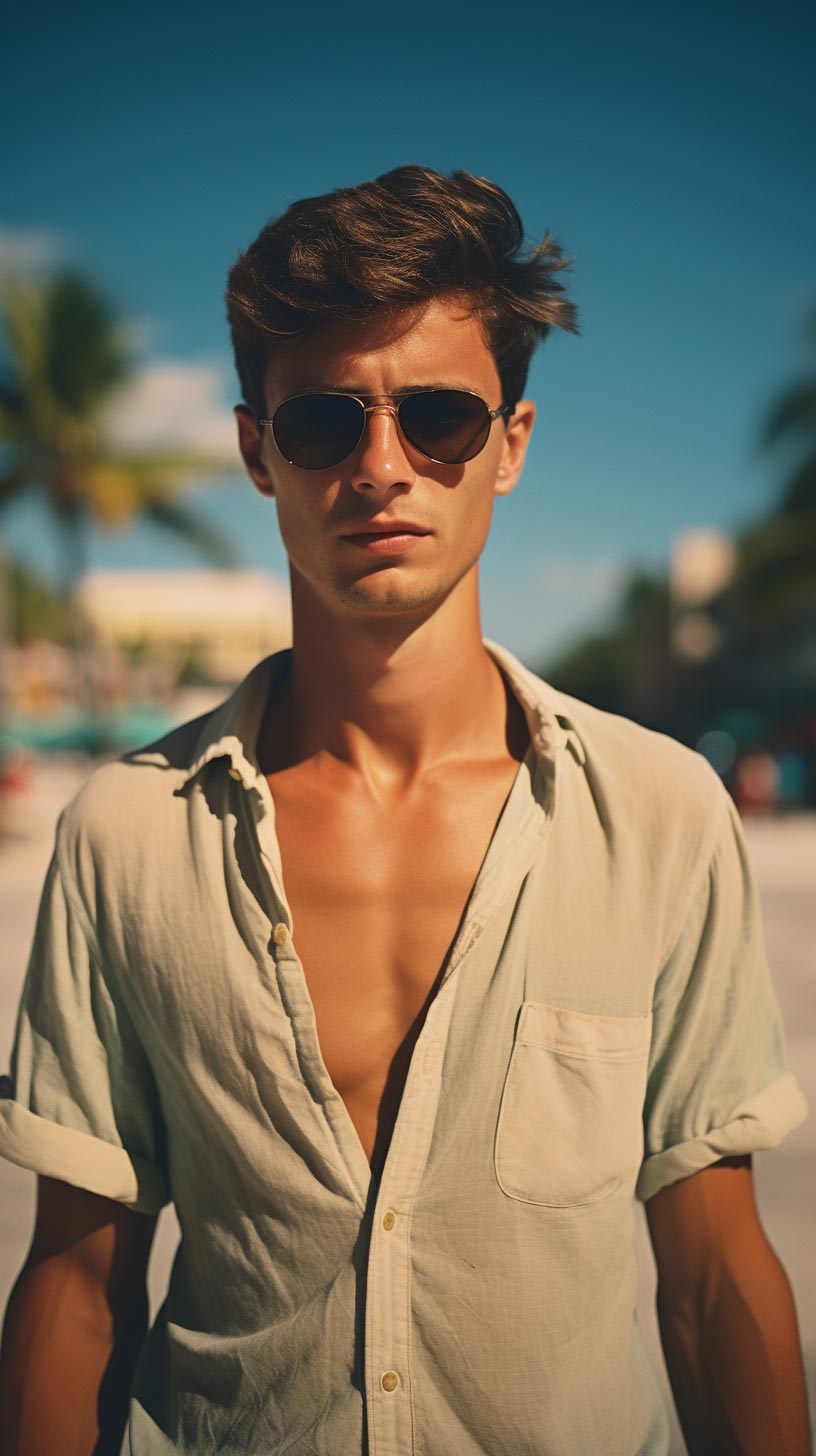
An example of hard light
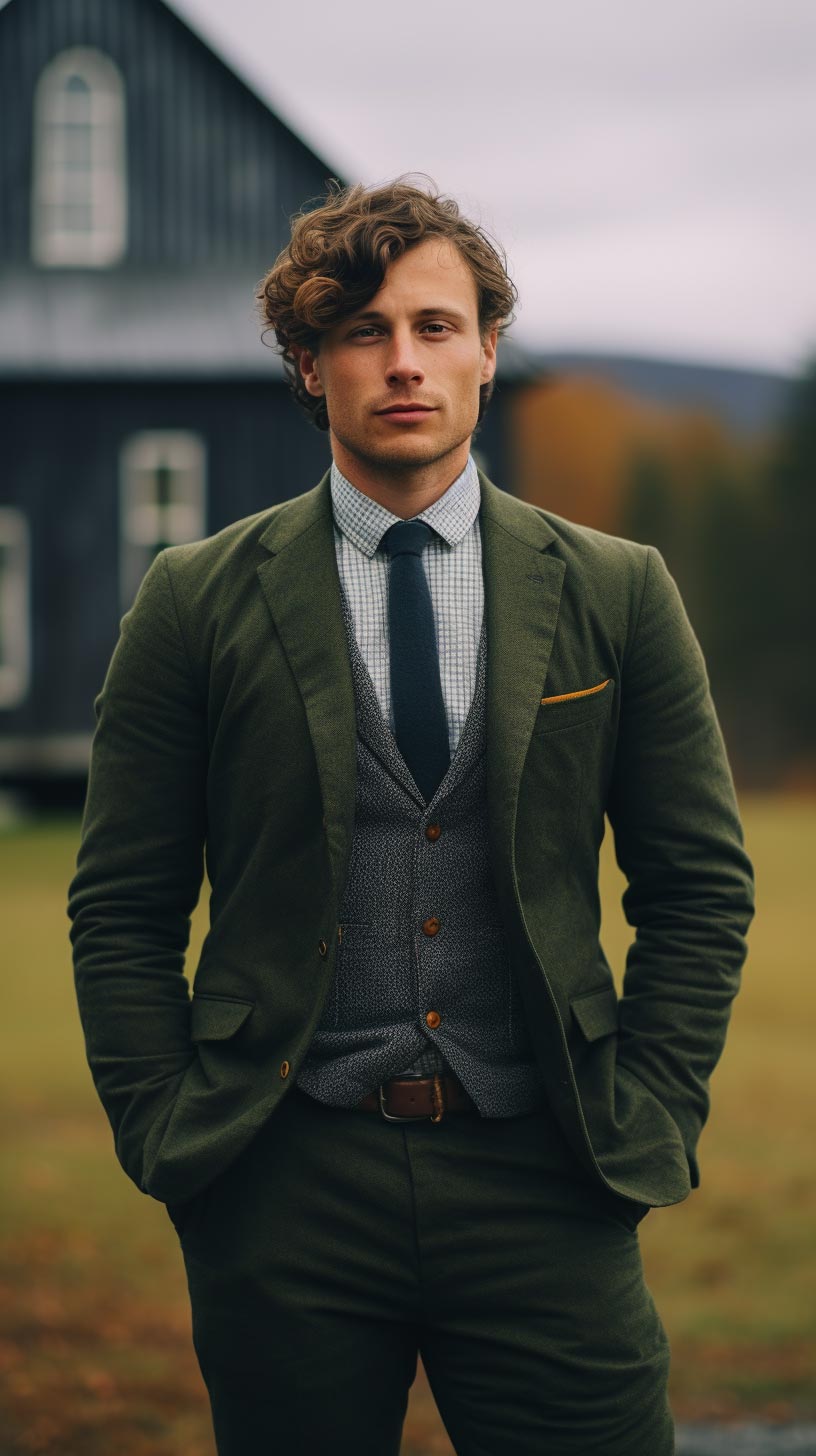
An example of soft light
What is Hard Light?
Hard light comes from a light source that is small relative to the subject, often producing shadows with sharp edges. This light can create more pronounced textures and can make subjects stand out more dramatically. Think about a flashlight in a dark room or the bright, high noon sun. When you observe photographs with hard lighting, you'll often find that they have distinct contrasts and dynamic textures. An example in film where hard light is often preferred is during scenes meant to evoke drama or tension.
What is Soft Light?
Soft light, on the other hand, is diffused and spreads out, reducing contrast and softening any shadows. It's the kind of light you'd get on an overcast day or from a larger light source diffused through something like a softbox. Photographs with soft lighting tend to feel more even and less dramatic. This kind of light is particularly popular for portraits, as it flatters the subject by reducing harsh shadows and can be seen as a sort of forgiving lighting in photography.
Real-World Applications and Examples
Outdoor Portraiture
On a sunny day, the midday sun can act as a hard light, casting pronounced shadows on a model's face. If a photographer desires this effect, they might choose this time of day for a more dramatic portrait. Alternatively, they might wait for the golden hour, when the sun is lower, to achieve soft lighting. The soft light photo effect is ideal for smoothing skin tones and giving the subject a radiant glow.
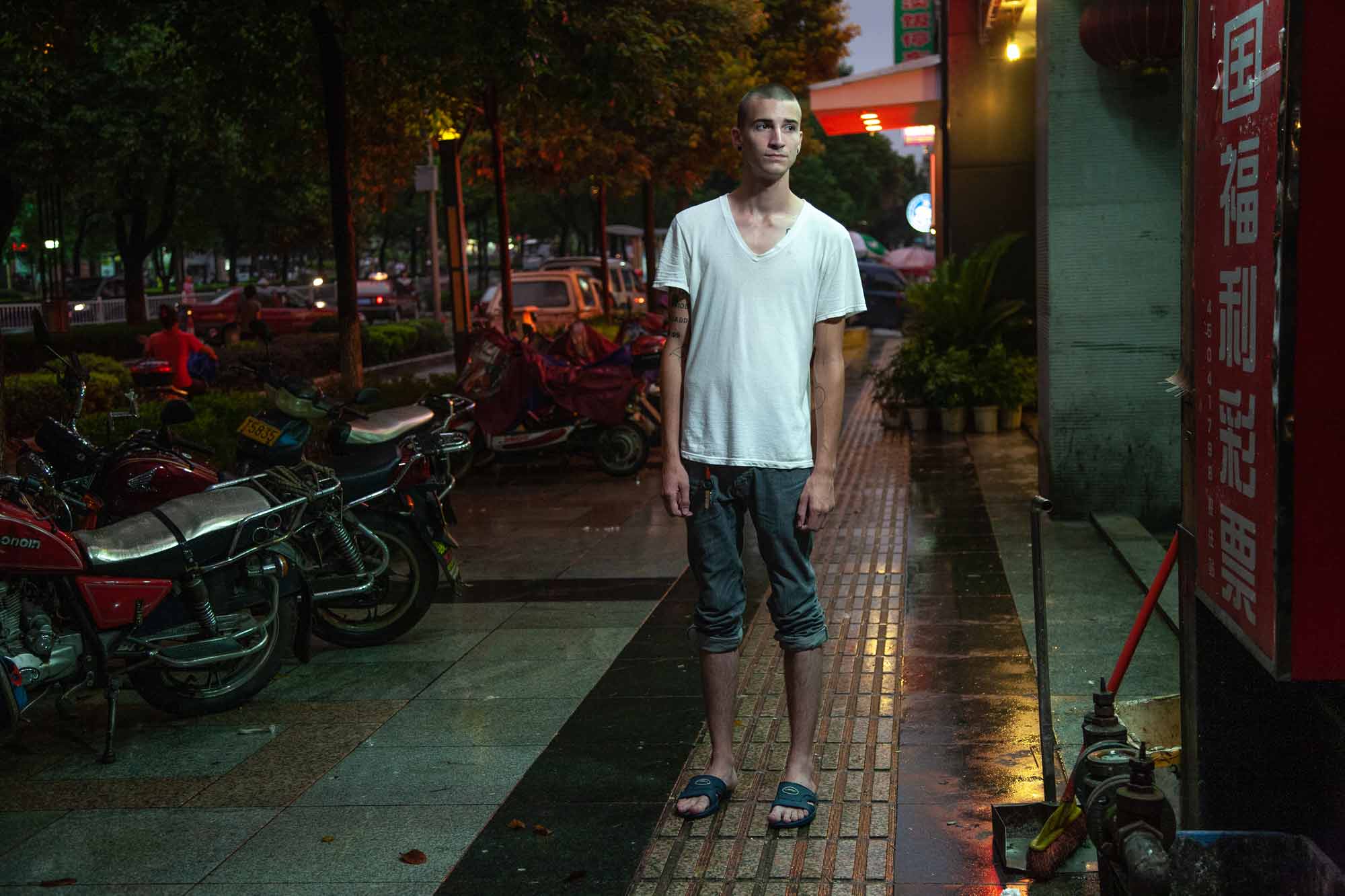
An example of an outdoor portrait using hard light from an off-camera flash
Studio Photography
In a studio setup, photographers can choose between various light sources and modifiers. A bare strobe or flash can produce hard light, perfect for a fashion shoot aiming for striking contrasts. Conversely, a strobe or light source passed through a diffuser or bounced off a reflector can create soft light, perfect for a more flattering or moody look.
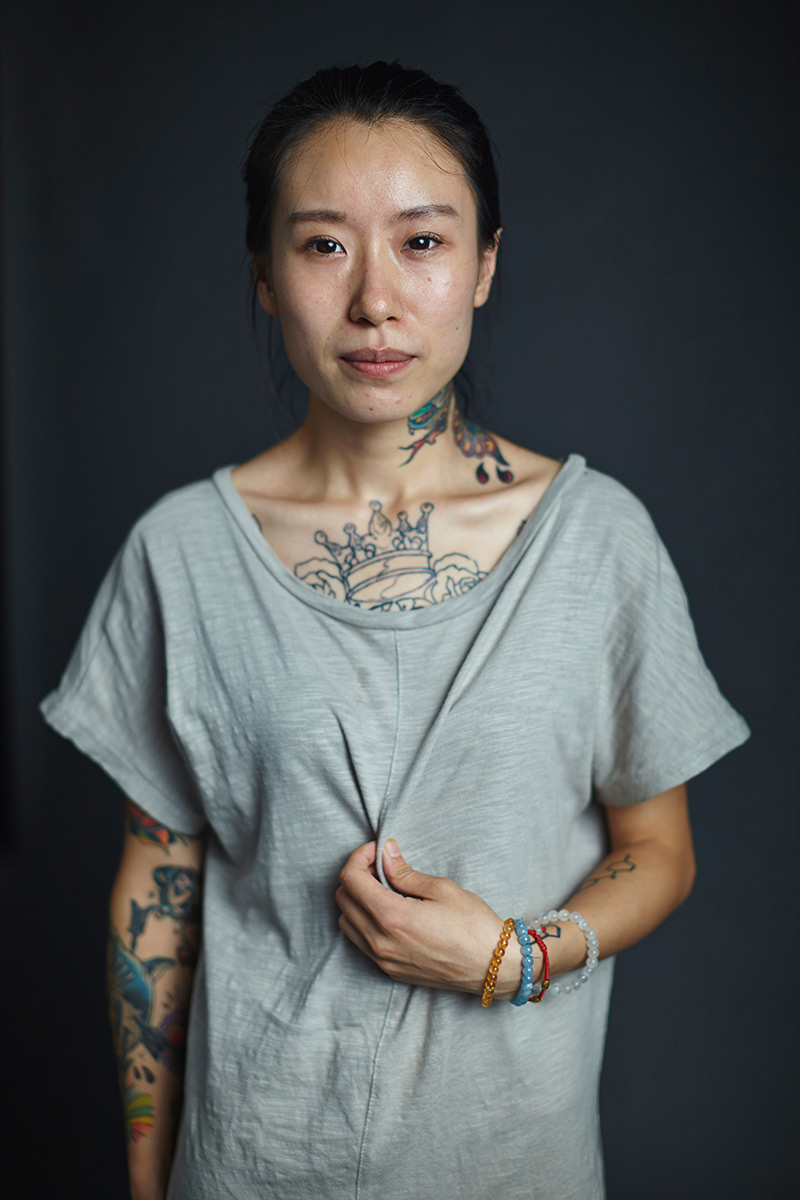
An example of studio photography using hard light
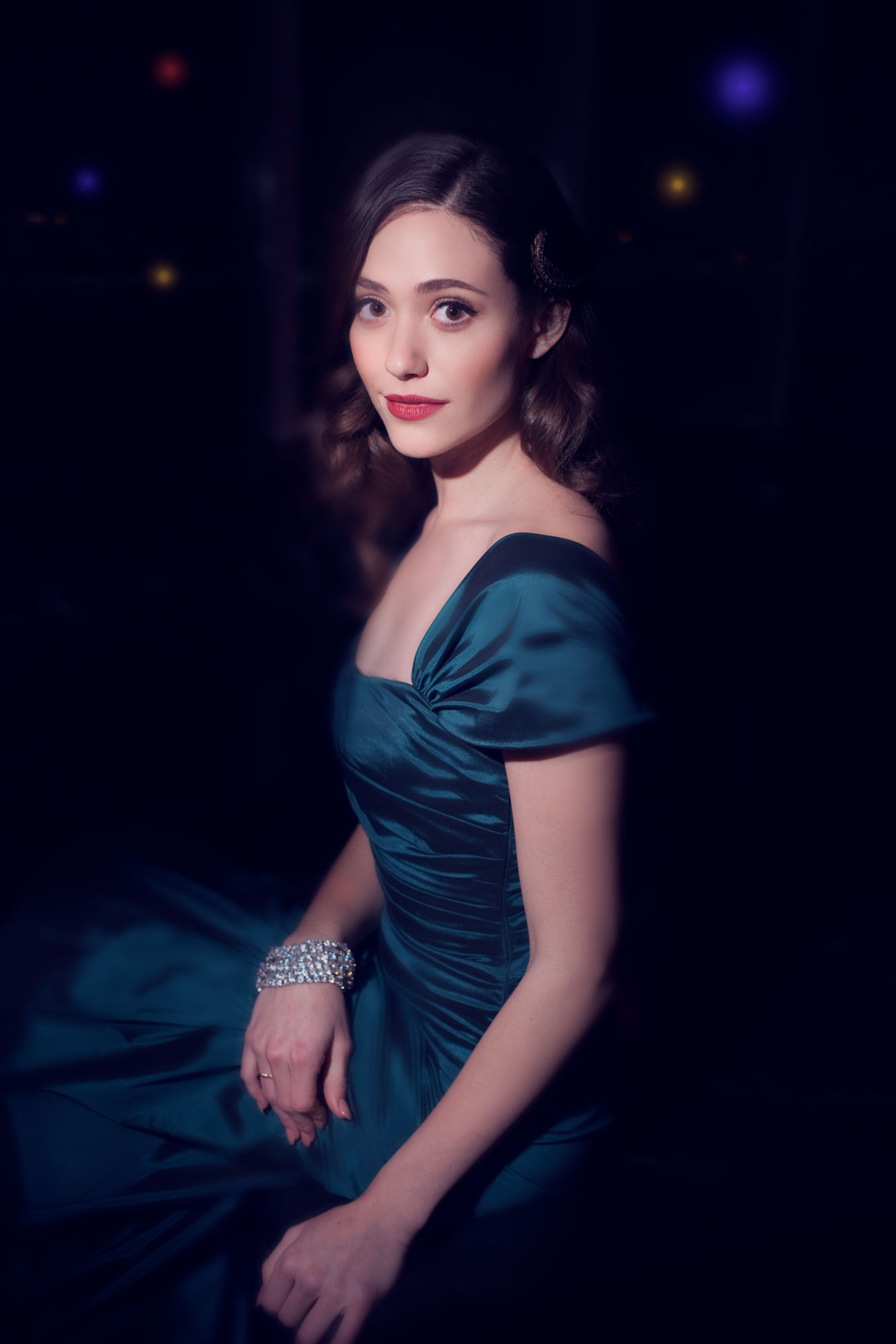
An example of studio photography using hard light
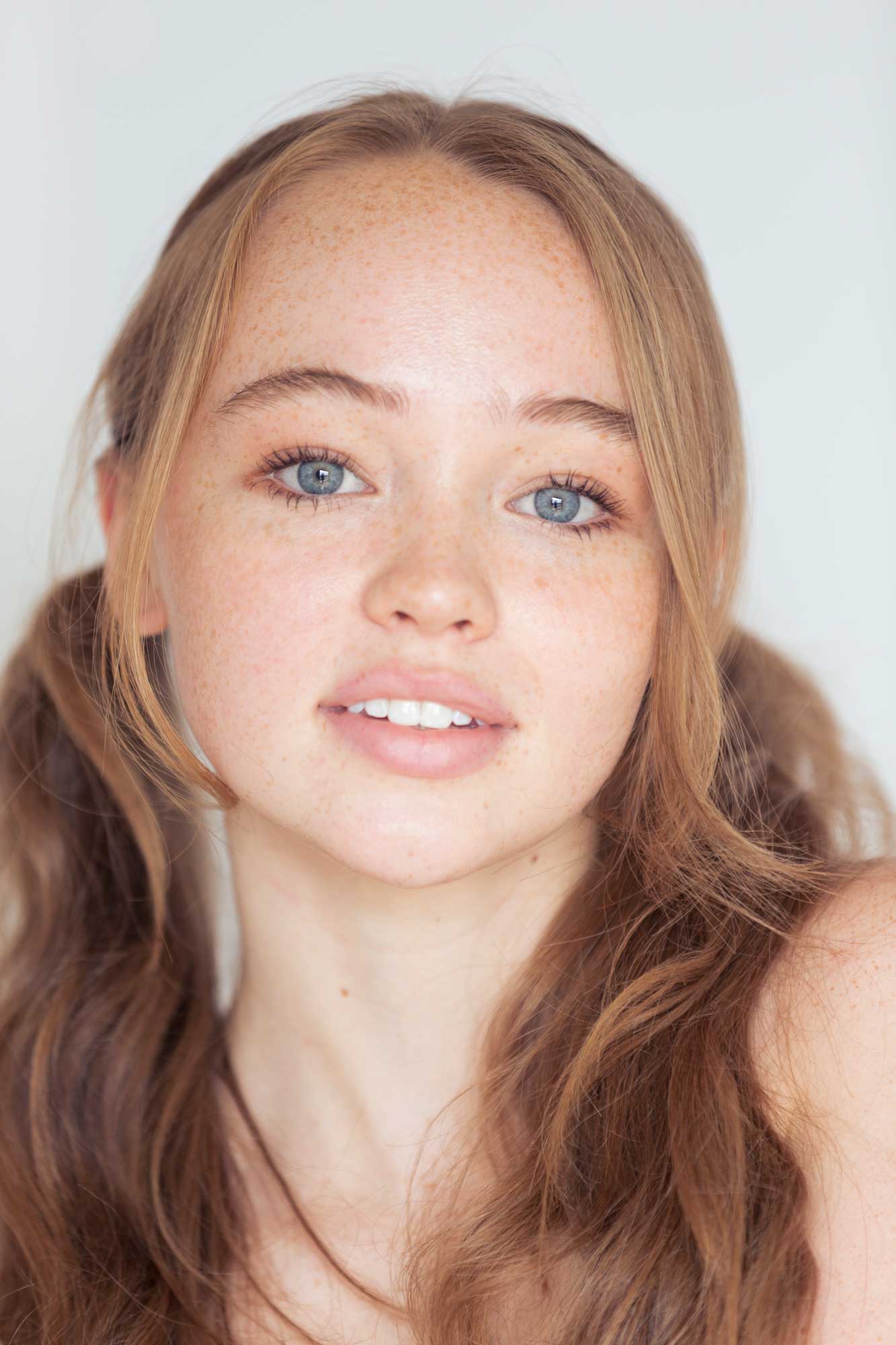
An example of studio photography using soft light
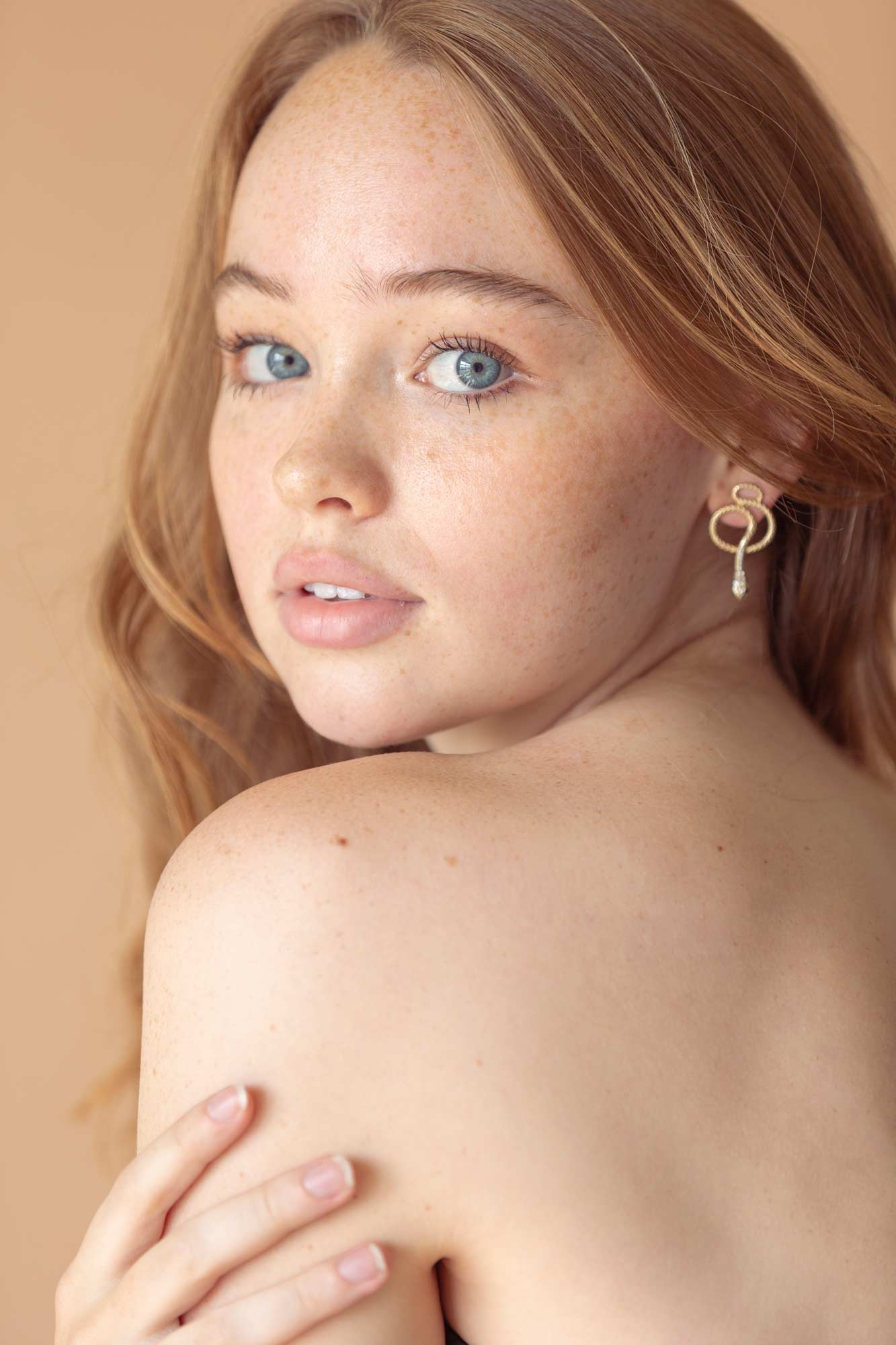
An example of studio photography using soft light
Film and Video
Hard lighting in film is often used in genres like noir films for a mysterious or dramatic effect, while soft lighting for video is frequently used in romantic or dramatic scenes for a more flattering or even appearance.
Making the Choice: Hard vs Soft Light
When deciding between hard and soft light, context is everything. For a rugged, textured look — say, in a product photo highlighting the material of an object — hard light is ideal. Conversely, in a portrait where the goal is to flatter the subject, soft light is often the way to go.
To visualize the differences more clearly, looking up hard light vs soft light examples or specific soft light photography examples can be enlightening.
Conclusion: Grasping the nuanced difference between hard and soft light — and knowing when to use each — can elevate your photography. Whether seeking drama or delicacy, mastering these lighting techniques ensures you'll always cast your subjects in the best possible light.